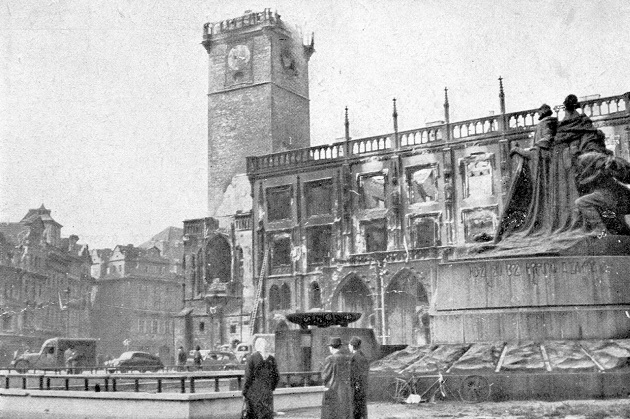
80 years ago, the Allies bombed Prague, 700 people lost their lives
 |
| praha |
Prague - With the intensifying air raids of Allied forces on the industrial heart of Germany towards the end of World War II, Prague also became a target for bombing. However, the citizens of Prague were under the belief that the capital would not become a target for bomb attacks. Thus, the events of February 14, 1945, came as a tremendous shock, as Prague experienced its worst raid not only during World War II but in its entire history. More than 60 American B-17 bombers attacked Prague. In less than five minutes, they dropped over 150 tons of bombs, killing around 700 civilians and injuring about 1,200 others. The bombs completely destroyed around a hundred houses, including some historic monuments, primarily the Emmaus monastery, which burned for several days after the attack. It took more than 60 years for the church to reopen to the public in 2003.
The planes damaged Pankrác, the upper part of New Town, and Vinohrady; a bomb dropped during takeoff over Břevnov killed another 20 people. The raid also damaged, in addition to the Emmaus Monastery, the Vinohrady Theatre, a hospital, and Faust's house in Charles Square, as well as Palacký Bridge. The sites of the bombed-out houses created gaps, the filling of which took many places several decades. The last of the buildings erected in the bombed area was the Dancing House on Rašín Embankment, completed in 1996.
The American Air Force first bombed Prague in November 1944, and after the February raid, it attacked again in March 1945. During the Prague Uprising in May 1945, the German Air Force attacked the city several times.
The English translation is powered by AI tool. Switch to Czech to view the original text source.
0 comments
add comment










